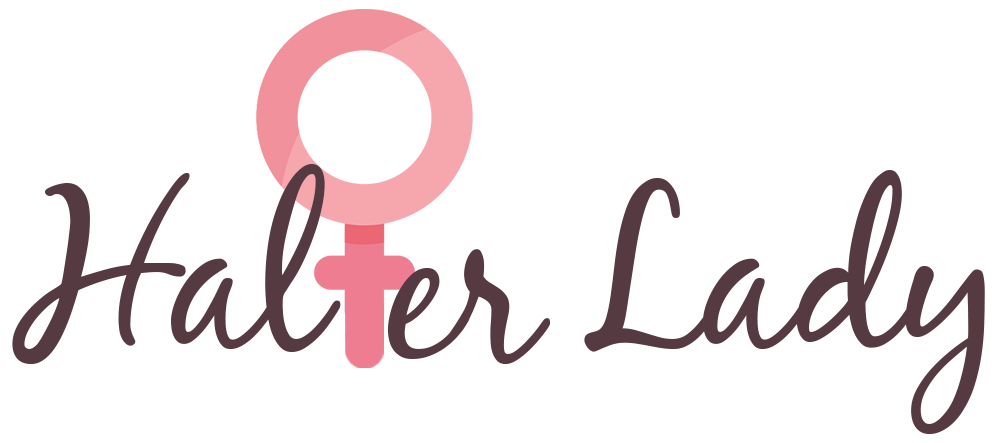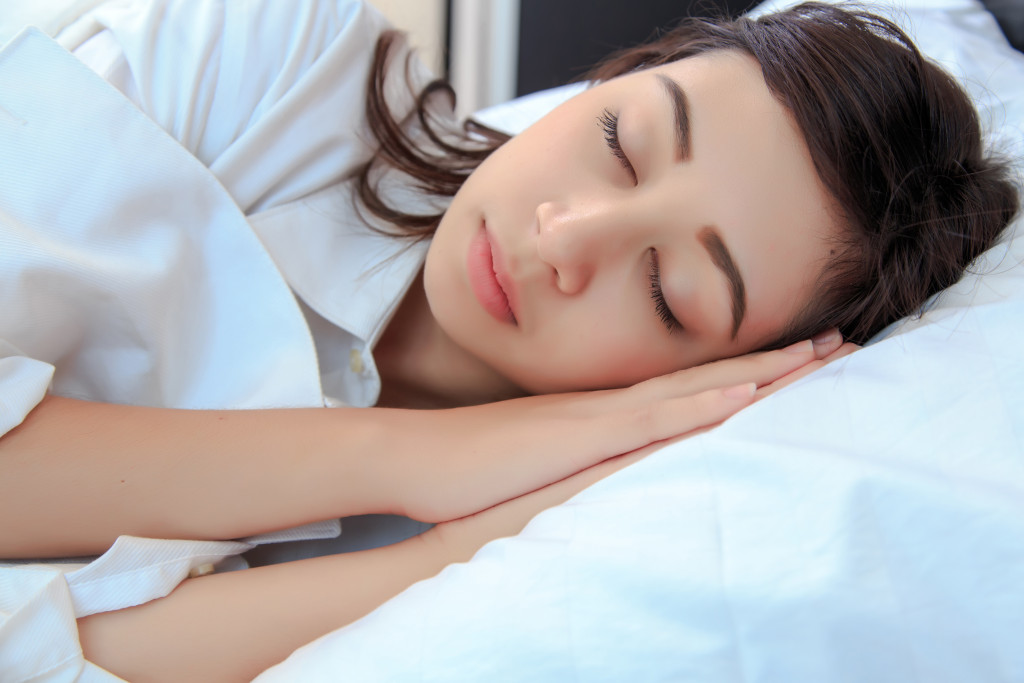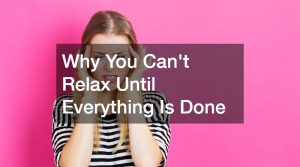It’s not just about watching videos in bed anymore. Now apps are designed for people who work at night, and some wearable devices provide medical benefits when you sleep or wake up.
Technology has changed our sleeping habits, including when we go to bed, when we get up and how much time we spend falling asleep or awake during the night.
Apps, wearable devices, and other technological advances are adding to the influence of technology on sleep.
These devices aren’t just about watching videos in bed anymore; now, they’re designed for people who work at night and provide medical benefits when you go to bed or wake up.
“Technology has dramatically changed society, and sleep is an integral part of that,” said Michael Decker, Ph.D., a researcher at the National Institutes of Health in Bethesda, Md.
“It has changed how we work and live, and it has changed our social interactions.”
Decker studies how circadian rhythms impact human health and function. He was not involved in a small study of adults in Japan who wore wristband devices that monitored their physical activity, body temperature, and light exposure.
The study showed that people’s circadian rhythms—the biological process that controls when we feel like sleeping or feeling energetic—may be disrupted by modern technology.
According to Decker, the challenge is how to use emerging technologies more mindfully.
Technologies That Improve Sleep
Technologies that monitor sleep patterns may provide information about a person’s health, providing data on the quantity and quality of a person’s sleep.
In some cases, they may be able to tell a lot about someone’s health.
Light Sensors

Light sensors in activity trackers and smartwatches, for example, can measure the quantity of light a person is exposed to, which in turn can indicate how much they sleep.
Increasingly, researchers are finding that people who get more exposure to bright lights during the day tend to go to bed earlier and rise later in the morning than those who avoid bright lights.
These devices provide data on disruptions in a person’s sleep patterns, providing information about a person’s health.
Some devices may even help improve sleep quality by playing soft sounds of falling rain, flowing water, or rippling waves, which research suggests is more effective than playing white noise to mask disruptive neighborhood noises.
For people who work odd hours and don’t get enough exposure to bright light during the day, such devices may be able to tell a lot about their health.
High-tech Blankets
Electric blankets are an older technology that has undergone a sort of renaissance in recent years.
The devices plug into electrical outlets, with the thin wires inside the blanket linking with similar thin wires in the control unit. When turned on, these wires heat up, providing warmth to users.
Now, plug-in cooling blankets or comforters are available with fans, which can be activated to provide cooling relief during warmer months.
Electric blanket manufacturers are adding high-tech features, with built-in heaters in some blankets that can be controlled via smartphone apps.
Some of these devices also include sensors for monitoring things like room temperature and humidity, indicating when the user might need another blanket.
Sleep Medications and Apps
New apps on the market may help people with insomnia, a condition that affects about one-third of Americans who have trouble sleeping.
They can provide data on disruptions in a person’s sleep patterns to their doctor, providing it appears to be an effective solution for them.
Some devices can even improve sleep quality by playing soft sounds of falling rain, flowing water, or rippling waves, which research suggests is more effective than playing white noise to mask disruptive neighborhood noises.
Medications for sleep may be prescribed as the first line of treatment, with apps for smartphones or tablets used as adjunctive therapy.
Some apps also include soothing sounds from nature, such as crickets chirping, which can help drown out disruptive noises.
However, users must discuss the pros and cons of any medications they take for sleep problems with their doctor, who can help them choose the right medication.
Decker says that people should use wearable devices to monitor sleep patterns or other means to track their sleep, only if it is helpful for them.
These devices may give us a better idea of how our bodies work and what helps us maintain good health.
It is important that people use wearable devices to monitor sleep patterns or other means to track their sleep only if it is helpful for them. Otherwise, people might just want to turn down the noise and leave technology behind. If you think a particular technology can help improve your sleep, go for it.






